The Department of History at UBC offers a variety of courses that take students through time and across the globe. We spoke with some instructors from the Department to learn more about the courses they’re teaching, why they’re excited to teach them, and what students can expect.
There are no prerequisites for UBC History courses, and any student who is interested in the courses can register. Learn about some of the unique courses the Department of History offers to undergraduate students, and register for them so our faculty can take you on a journey through the past to find better ways to understand the present.
Jump Ahead
- HIST 390B: The Roots of Power: the History of Modern Agriculture
- HIST 478: Medieval Portraits and Personalities
- HIST 383: Foundations of Sikh Traditions
- HIST 385: India from Raj to Republic
- HIST 369: Europe, 1900-1950
- HIST 363: Europe in the Early Middle Ages
- HIST 464: First Contact in the Pacific
- HIST 334: African American History 1450-1850
- HIST 105B: The Global War on Terror: A History
- HIST 340: The American West
- HIST 318: Early Twentieth-Century Britain
- HIST 404: The First World War
- HIST 319: Britain, 1945 to the Present
HIST 390B The Roots of Power: the History of Modern Agriculture
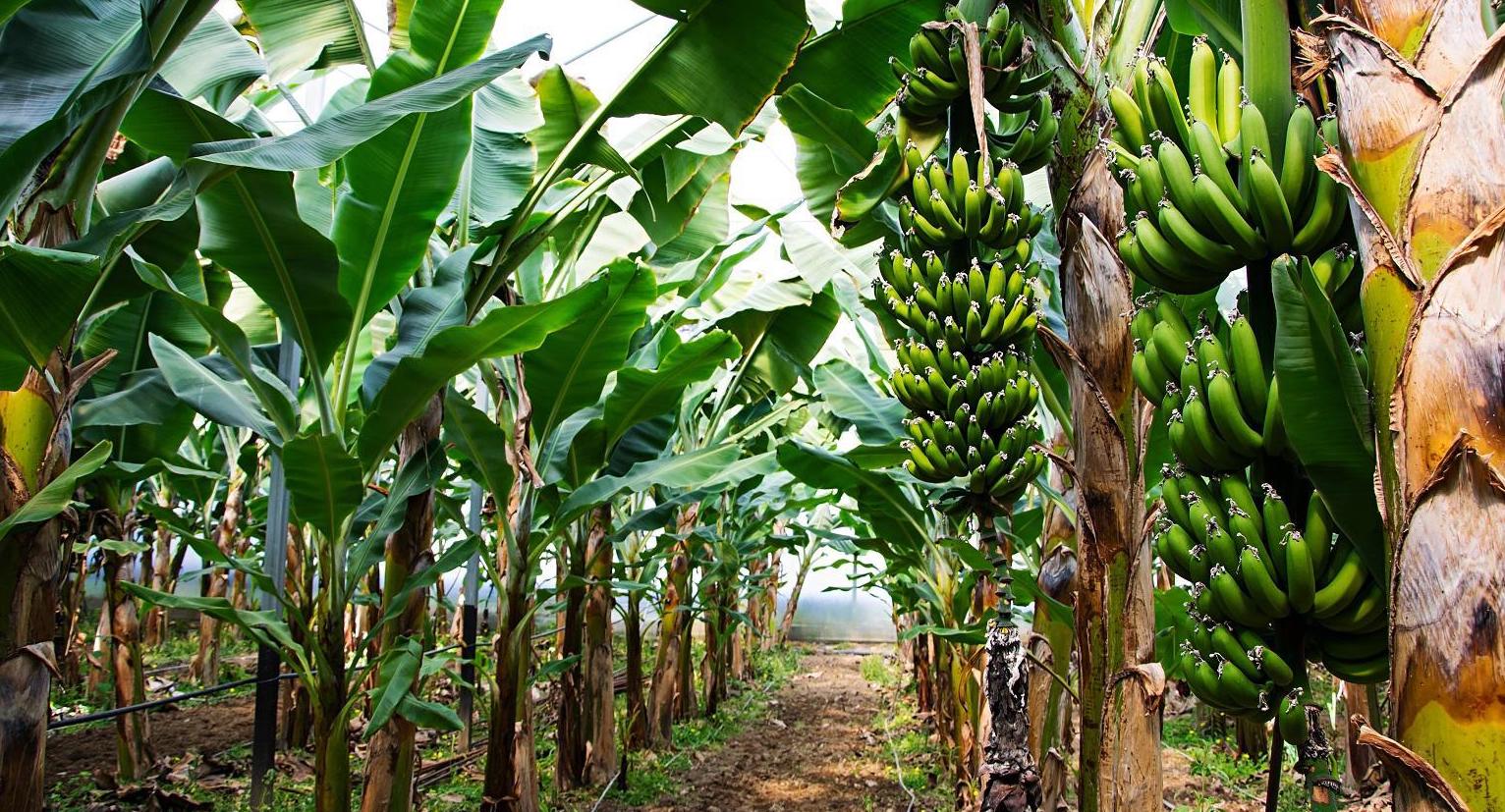

Rows of banana plants.
This course is a student-directed seminar, which provides upper-year undergraduate students with the opportunity to coordinate and lead a small 3-credit seminar on a topic not currently offered at UBC.
Faculty Sponsor: Dr. Jessica Wang
Student Coordinators: Zach Crouch, Geneviève Dubuc
Why did you choose this image to represent the course?
Bananas are a signature imperial commodity that everyone eats, and which has taken over as one the most popular consumer fruits. However, the fruit also has deeper roots in historical narratives of power. This seminar will follow the dissemination and origins of agricultural biopower and examine how superstructures such as colonialism and capitalism molded the modern crises of climate change and food sustainability.
What are you most excited to teach in this course?


Zach: I am excited about the theme of race and agriculture, primarily because the history of race is closely intertwined with the narrative of modern agricultural practices and norms.


Geneviève: I am most excited to explore the history of different imperial commodities. I am interested in digging into the colonial implications of agricultural production, especially for commodities that are widely used and consumed today.
What can students expect from this course?
Students can expect to produce weekly reaction papers and two essays – one midterm and one final, which will comprise the majority of their final grade.
HIST 478 Medieval Portraits and Personalities
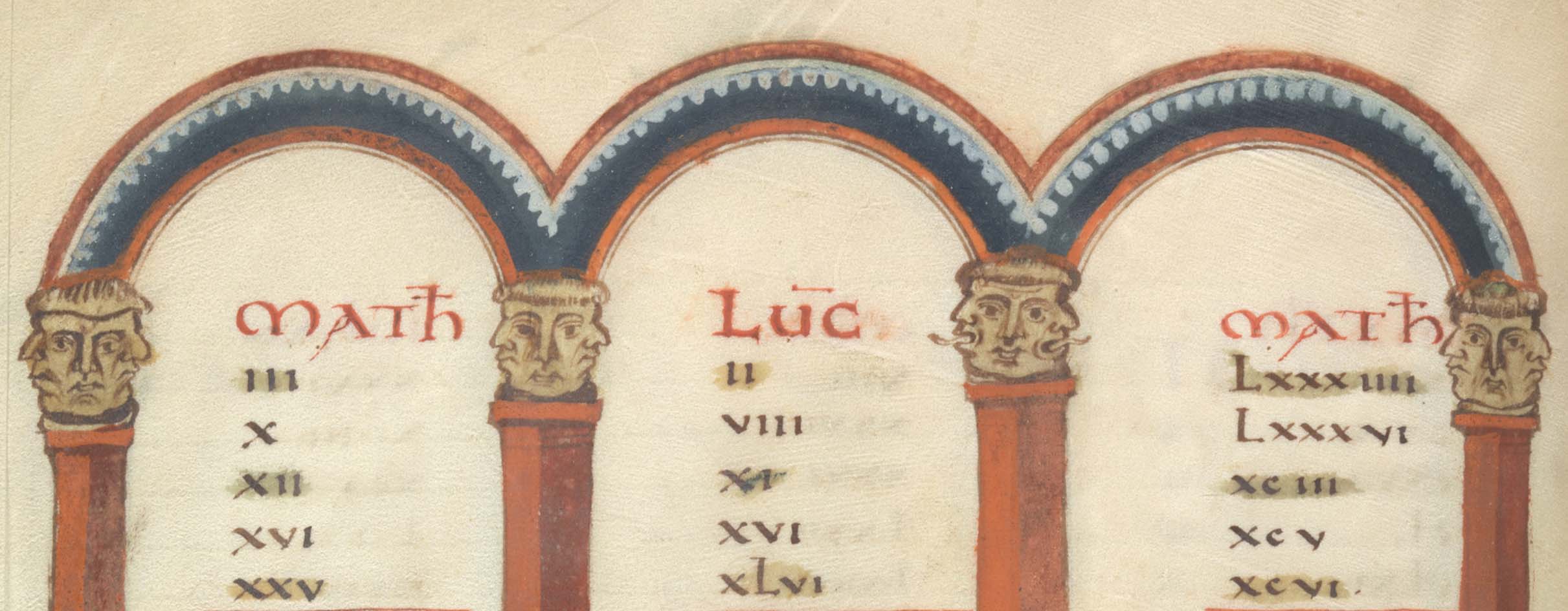

Theutberga gospels heads, fol. 5v.
Instructor: Dr. Courtney Booker


Why did you choose this image to represent the course?
The course is about “medieval portraits and personalities,” and it questions whether one can ever recover what we would call “personality” from figures of that era. I’m not certain there is an image that reflects such doubts. Perhaps a fantastical image that sticks its tongue(s) out at us as we make the attempt is apropos. Plus, the gospel heads have great haircuts!
What are you most excited to teach in this course?
Carolingians, Carolingians, and more Carolingians!
What can students expect from this course?
Students will participate in class discussions. They can expect to write short weekly reaction papers based on readings, as well as three term papers!
HIST 383 Foundations of Sikh Traditions
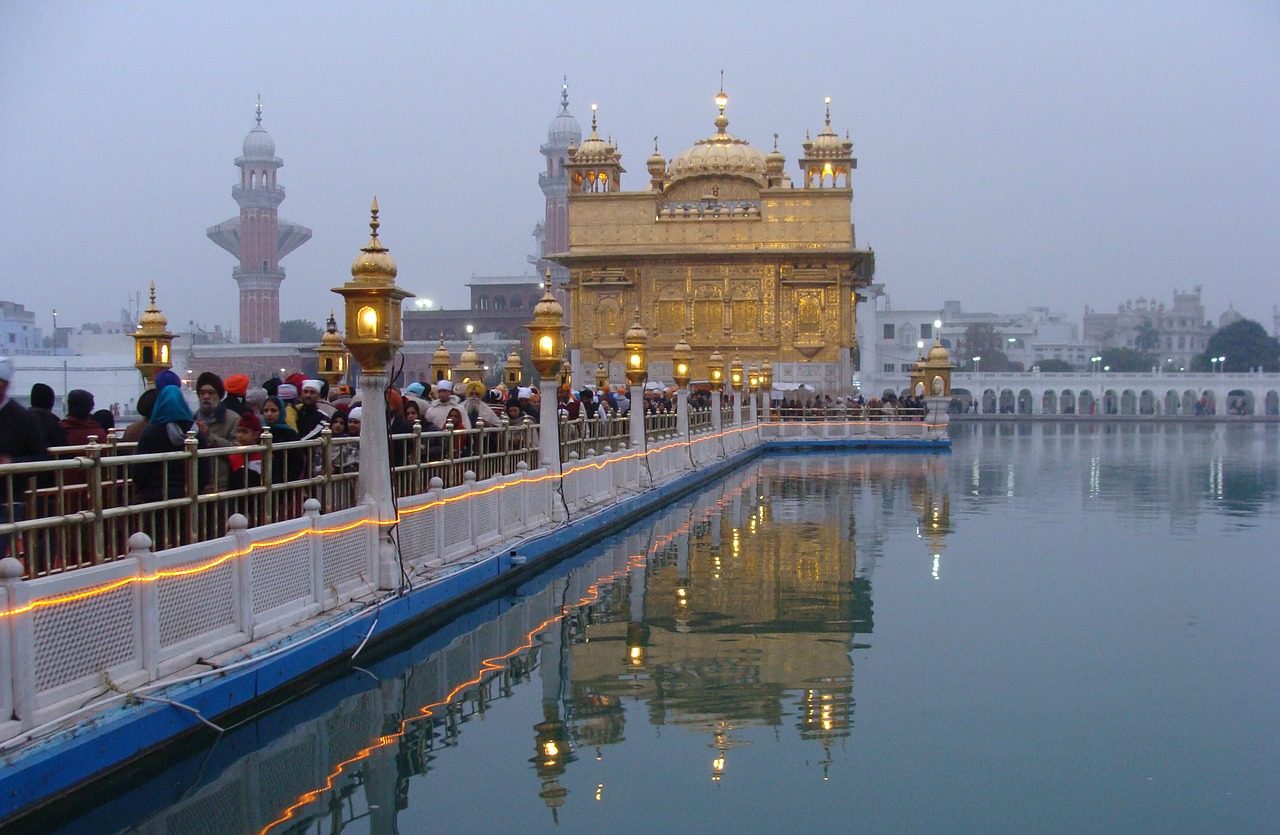

The Golden Temple, located in Amritsar, Punjab, India, is the preeminent spiritual site of Sikhism.
Instructor: Dr. Anne Murphy
Why did you choose this image to represent the course?
Early morning or evening at the Darbar Sahib is probably one of the most peaceful and beautiful experiences on earth. The joy of this class is having the opportunity to consider carefully the words and practices that come to life here.
What are you most excited to teach in this course?
The best thing about this class is the opportunity to read carefully, together, the compositions of the Sikh Gurus. I’m excited to share these compositions with students to highlight the history of the Sikh tradition and their enduring messages for the modern world.
What can students expect from this course?
This class explores the foundations of Sikh tradition: the texts, practices, and people that built the Sikh tradition from its inception. Students can expect to write short essays that allow for in-depth exploration of the dimensions of Sikh tradition in the period of its formation. They will also have the opportunity to explore primary texts in translation.
HIST 385 India from Raj to Republic
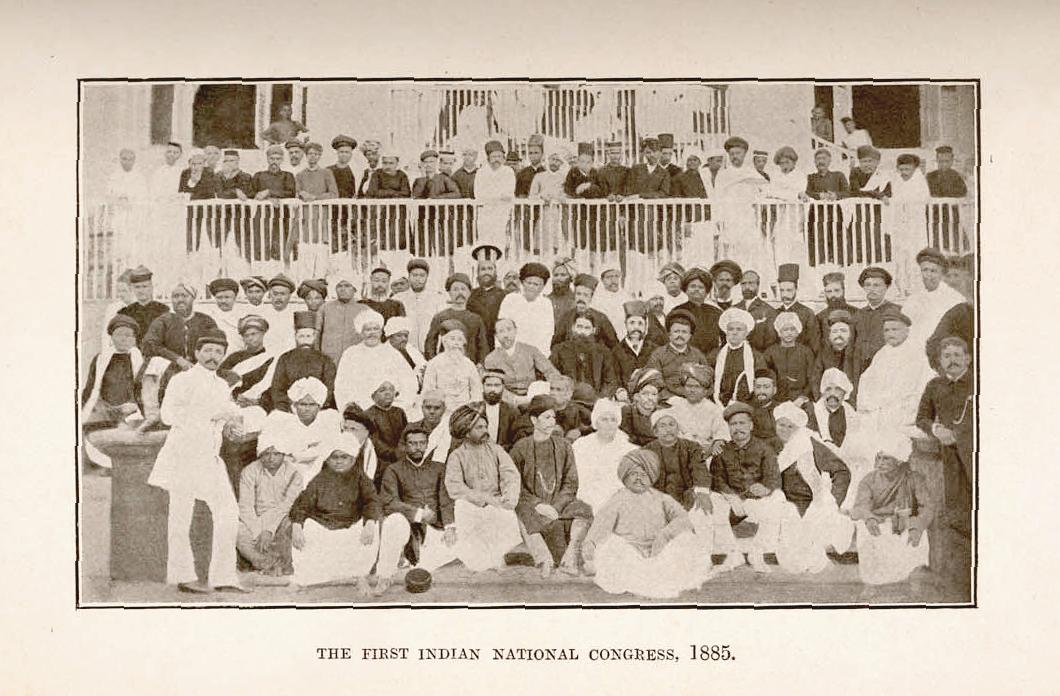

The Indian National Congress, 1885.
Instructor: Dr. Anne Murphy
Why did you choose this image to represent the course?
This image of the Indian National Congress taken in 1885 captures a key moment in the imagination of the nation, but it was only one moment in a longer, and more complex story that is exciting to engage with.
What are you most excited to teach in this course?
The pressing issues in South Asia today, from the protests in India in 2020 against the Citizenship Amendment Act, to the ongoing farmer’s protests, are linked to the development of the idea of the “nation” in the colonial period. I love teaching this class because it helps us think about today in relation to this history, and to better understand the genesis of the issues we see today.
What can students expect from this course?
Students can expect to explore the making of modern India and the other states of South Asia, from the foundation of East India Company control in the subcontinent to the formation of the independent states of India and Pakistan through the partition of the subcontinent. Students will consider the ways caste, gender, class, and language shaped engagement with the idea of the nation in South Asia. We will examine works by great nationalist thinkers in translation, and consider the lives and stories of those too often left out of the “grand narrative” of the nation.
HIST 369 Europe, 1900 – 1950


Explosion by George Grosz, 1917.
Instructor: Dr. Michael Lanthier
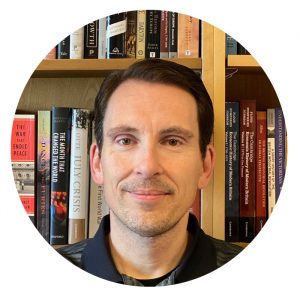



Why did you choose this image to represent the course?
This 1917 painting by George Grosz, “Explosion”, is a powerful expression of the horror and sense of dislocation that was experienced by many Europeans during a bloody total war that dragged on longer than anyone had expected. In hindsight, it also represented the ensuing period of chaos, revolution, uncertainty, and renewed war.
What are you most excited to teach in this course?
This period in European history captures the imagination because of its chaotic nature and violence. Yet, if we look beyond the drama and horror, we see a recognizably modern world taking shape, in which the lives of many people are improving steadily.
What can students expect from this course?
Students can expect to gain a better appreciation of the period through carefully reading first-person accounts produced by a variety of actors, including marginalized, oppressed ones.
HIST 363 Europe in the Early Middle Ages
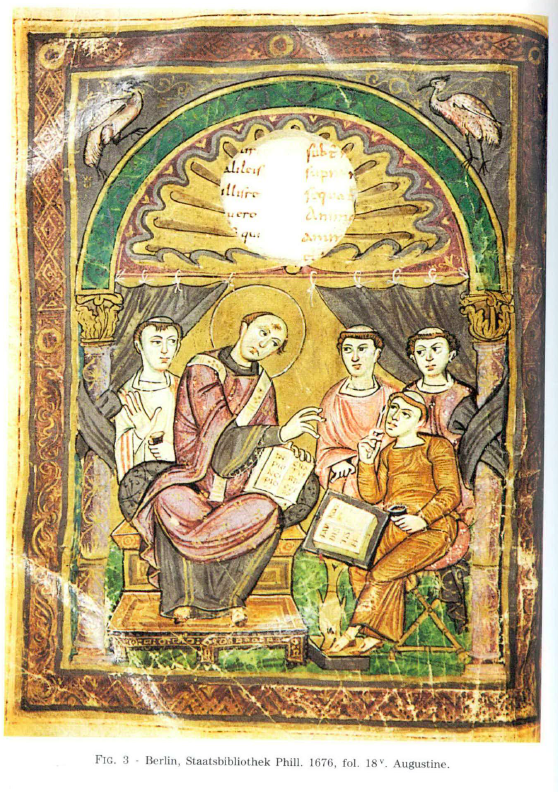

A miniature portrait of one of the Church Fathers, Augustine of Hippo (354–430), from the Egino Codex, a manuscript created in northern Italy near the end of the eighth century.
Instructor: Dr. Josh Timmermann


Why did you choose this image to represent the course?
This depiction of Augustine in a Carolingian manuscript vividly represents two of the major themes of this course: the powerful, enduring influence of the Christian Roman Empire in early medieval Europe, and the manner in which a certain idealized conception of that Christian, Roman past was actively constructed and deployed by early medieval people.
What are you most excited to teach in this course?
I am most excited to teach students about how medieval Europe gradually took shape out of the residual traces and resources of the western Roman Empire. During this period, Christianity evolved from a relatively marginal cult, at times banned and persecuted by Roman authorities, to the dominant force in the Roman and then in the medieval world.
What can students expect from this course?
There will be one substantial paper assigned, due near the end of the term. Additionally, students will be asked to submit weekly reading response papers, reflecting on the texts assigned for a given week. Participation is essential and will be weighed as such. This includes in-class discussion and response papers demonstrating close reading and active engagement with the course content.
HIST 464 First Contact in the Pacific


A statue of James Cook with recent addendum to the plaque.
Instructor: Dr. Coll Thrush


Why did you choose this image to represent the course?
The meaning of early cultural contact in the Pacific remains among the most contested subjects in this vast oceanic region. This statue of James Cook in Tūranga-nui-a-Kiwa, Aotearoa (also known as Gisborne, New Zealand) was updated with the words “THIEF” and “PAKEHA” (the Māori word for white person) by an unknown protestor in 2019, two and a half centuries after Cook’s arrival in Māori territories.
What are you most excited to teach in this course?
The notion that the past is never truly past is central to this course. By focusing on diverse and often conflicting accounts of first contacts between the many peoples of the Pacific and newcomers, including early European explorers, imperialists, missionaries, and others, this course makes the case that there is much unfinished business associated with the many encounters of the eighteenth and early nineteenth centuries.
What can students expect from this course?
Readings for this course range from Indigenous accounts of foreigners’ arrival in their territories to primary written materials associated with voyages such as that of George Vancouver. We will also read present-day Indigenous criticism, media coverage of commemorations and protests, and even some science fiction. Students will write several short papers and will have the opportunity to pursue non-traditional creative projects related to the course’s themes.
HIST 334: African American History 1450 – 1850


Into Bondage by Aaron Douglass, 1936.
Instructor: Dr. Crystal Webster


This course will familiarize students with many of the most important developments and issues in early African American history. We will focus on themes of slavery and emancipation, African culture and community, the evolution of African American identity, the gendered experiences of Black women and girls, and Black resistance and political activism.
What are you most excited to teach in this course?
As a historian of childhood, I look forward to foregrounding the experiences of Black children and their role on the process of Black resistance to slavery and their specific challenges with emancipation.
What can students expect from this course?
In addition to traditional assessments, students will write short essays and complete primary research assignments.
HIST 105B The Global War on Terror: A History
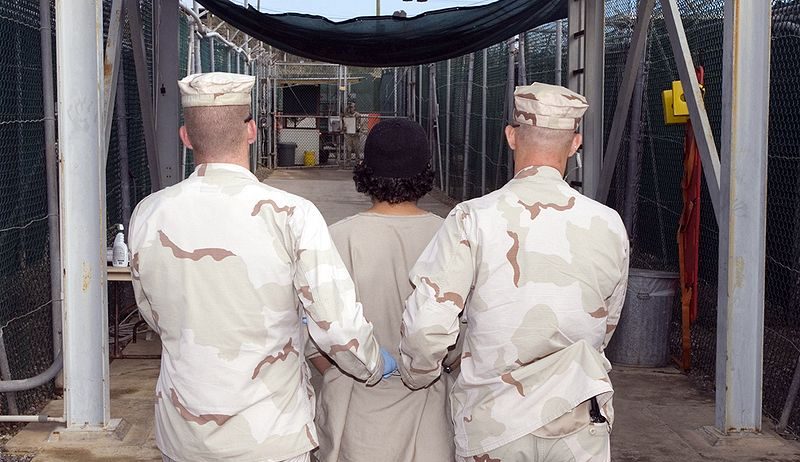

Captive being escorted at Guantanamo, December 2007.
Instructor: Dr. Pheroze Unwalla


This photo is less grisly than many more infamous global war on terror (GWOT) images, but is no less terrifying. In the image, an ‘unlawful enemy combatant,’ stripped of all rights, is escorted at Guantanamo. Who are they? Did they commit any crime, beyond being Muslim? What tortures have they endured? If their humanity and rights can be so easily violated, what does that say about anyone else’s?
What are you most looking forward to teaching in this course?
Many students have experienced nothing but life under the GWOT. A global historical perspective helps us make sense of how the GWOT has shaped our realities. I look forward to questioning the various moral, legal and ideological positions that emerged from the GWOT, and cultivating a politics of hope that enables resistance and a search for alternatives.
What can students expect from this course?
Students can expect to engage in vigorous, stimulating discussions on history but also on politics, media, morality, and positionality. Assignments will challenge them to develop their historical imaginations and their capacity for historical empathy with diverse, sometimes unsavory, global actors.
HIST 340: The American West
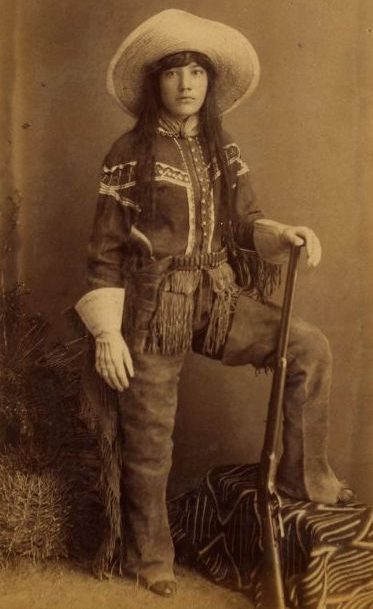

Tejana scout, 1886.
Instructor: Dr. Coll Thrush


Why did you choose this image to represent the course?
Imagery of the so-called “frontier” tends to focus on white men, whether as heroes or villains of the westering experience. I chose this 1886 image of a Tejana scout to challenge that, and to ask, what does it mean when we look at the region called the American West from other angles and subjectivities?
What are you most excited to teach in this course?
One of the most compelling things about the West is the way it brings together so many major themes in American history, such as settler colonialism, racial capitalism, gendered narratives, and environmental change. An important theme I look forward to discussing is how the “frontier” never closed, and the ways in which the imagined past of the American West continues to shape daily life in the region.
What can students expect from this course?
Students will read a diverse range of primary and secondary sources emphasizing the experiences of Indigenous and racialized peoples in the American West, as well as the ongoing environmental legacies of the United States’ westward expansion. Memoirs, fiction, graphic novels, and other readings will allow us to understand the ways in which people have made sense out of the region’s past, present, and future. In addition to short papers, students will construct an in-depth research proposal on a subject of their choosing.
HIST 318 Early Twentieth-Century Britain
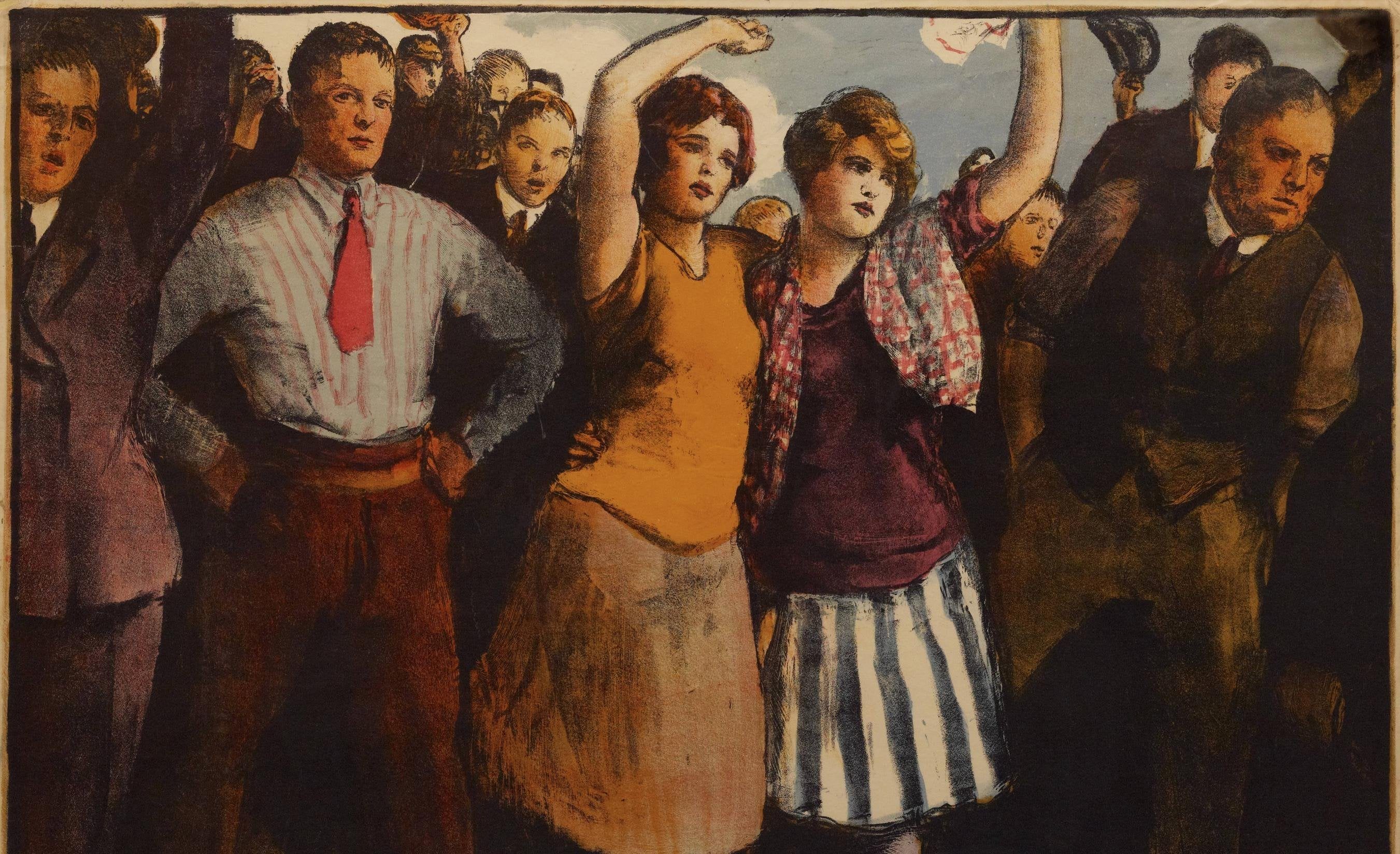

A poster for the Labour Party during the 1929 general election campaign.
Instructor: Dr. Michael Lanthier




Why did you choose this image to represent the course?
The image is a poster for the Labour Party during the 1929 general election campaign. The party, created years earlier to only represent male workers, was trying to broaden its appeal in a quickly changing society.
What are you most excited to teach in this course?
Britain was changing so quickly during this period that it provided us with a fascinating sneak peek of the great economic and social shifts, as well as the political turmoil that would soon rock the rest of the Western world during the twentieth century.
What can students expect from this course?
Students will have the opportunity to research and write a term paper on a topic of their choice, from foreign policy, such as the role of Britain in the outbreak of the Great War or appeasement of Germany during the 1930s, to social history.
HIST 404 The First World War


Four Canadian soldiers in the trenches. Photo by Lt. William Rider-Rider, official photographer of the Canadian Expeditionary Force, First World War.
Instructor: Dr. David Borys


Why did you choose this image to represent the course?
This photograph represents the conditions in which many soldiers had to live throughout nearly the entirety of the First World War. The static nature of the war along many of the fronts combined with the revolutionary advances in killing technology meant that life for many soldiers was spent underground in a catastrophic war that almost no one could have envisioned prior to its outbreak.
What are you most excited to teach in this course?
What excites me about teaching this class is the blending of military, cultural and social history. While we cover the main events, battles, outcomes and reasons for these outcomes, we also explore the cultural, social, and political ramifications of this war on soldiers as well as civilians enduring the world’s first truly total war.
What can students expect from this course?
This course will include bi-weekly tutorial discussion groups, a term research paper, a midterm exam, and a final exam.
HIST 319 Britain, 1945 to the Present
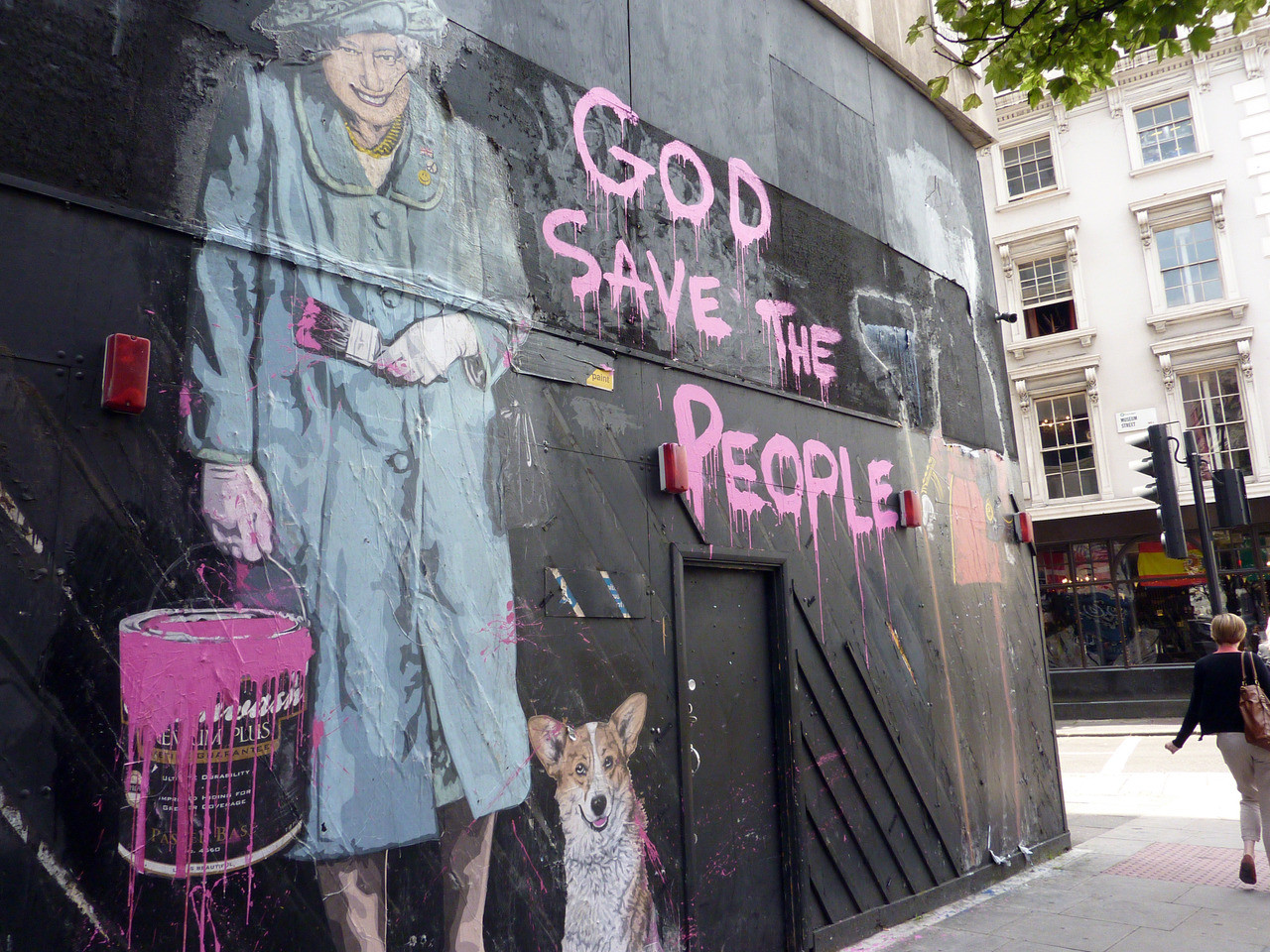

Urban art on a boarded up building in London by Mr. Brainwash, real name Thierry Guetta.
Instructor: Dr. Michael Lanthier




Why did you choose this image to represent the course?
The iconography is simply delightful, and the corgi is a great touch. This subversive but subtle image seems to encapsulate the entire period covered by this course.
What are you most excited to teach in this course?
The story of the first modern welfare state and the belated backlash against these changes under Thatcher and Blair is absolutely vital for those who want to understand the world in the twenty-first century.
What can students expect from this course?
We’re going to keep it old-school. Students will be able to research and write on a topic of their choice, which will include very recent developments and events.


